Read on to find more about the brief yet interesting history of Kuala Lumpur, and how it transformed from the tin town to the city of towers.
The Tin Mining Days
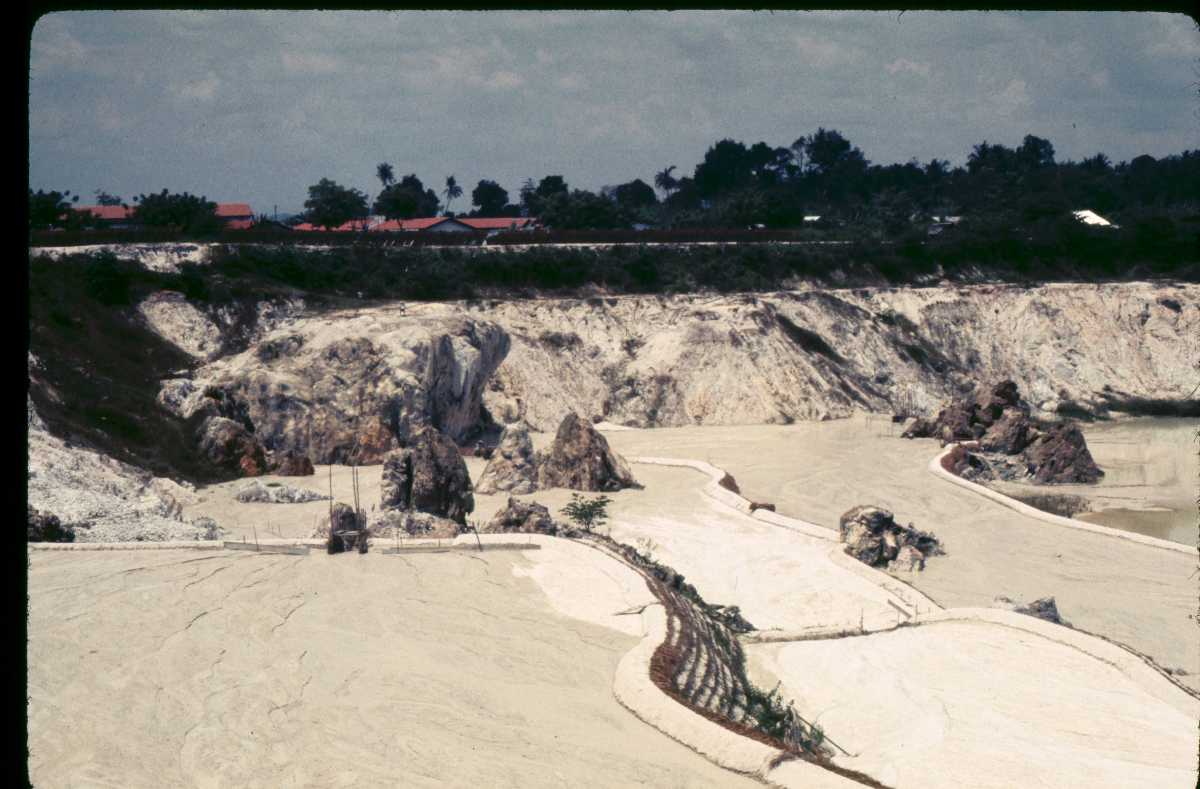
But as fortune would have it, 70 of them died due to malaria; but more people followed soon despite the malaria-infested location; and the area soon became a flourishing community. It was, however, a hoarse environment; dominated mostly by the men, and without any central authority keeping a check on peace and order, fights broke out often between members of the clan. The miners began to organise themselves into families and warring groups called ‘secret societies’, and even the minutest of drunken disputes led to grave consequences.
The Growth and Development of Kuala Lumpur
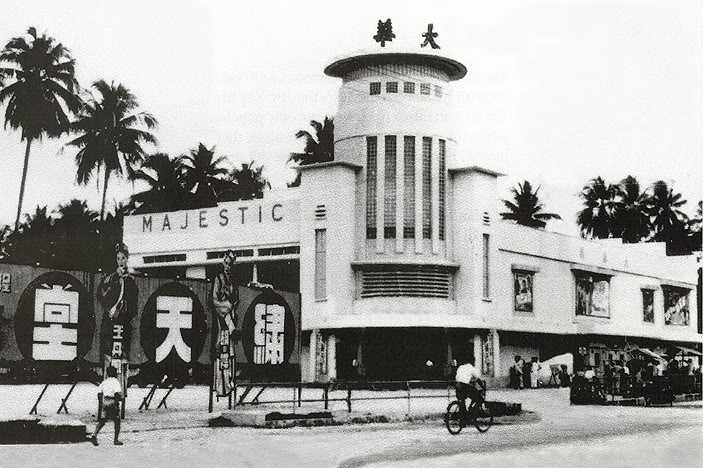
A theatre on Pudu Road which was then converted into an amusement park and
later demolished in 2009 (Source)
This period in the history of Kuala Lumpur also saw a Chinese population increase, as well as the settling of Malay farmers nearby to make food provisions for the miners. Under his able leadership, the first-ever school and shelter for the homeless were also established in the area, and traditional attap houses were replaced with brick and tile after a massive fire in 1881, to prevent any further mishappenings.
In 1887, the city became the capital of the province Selangor, and later in 1895, it was chosen as the capital of the newly formed Federated Malay States. During this period, the city also became the confluence for people from different cultures and backgrounds, though different people naturally drifted to settle in different areas. The Malays and Indians settled along the Java Street, the British around Pedang; and the Chinese around Chinatown and the commercial sector.
Following the death of Yah Ah Loy; Frank Swettenham, the British Resident of Selangor, took over; and Kuala Lumpur continued to grow and prosper well till World War II.
WW II & Its After-Effects
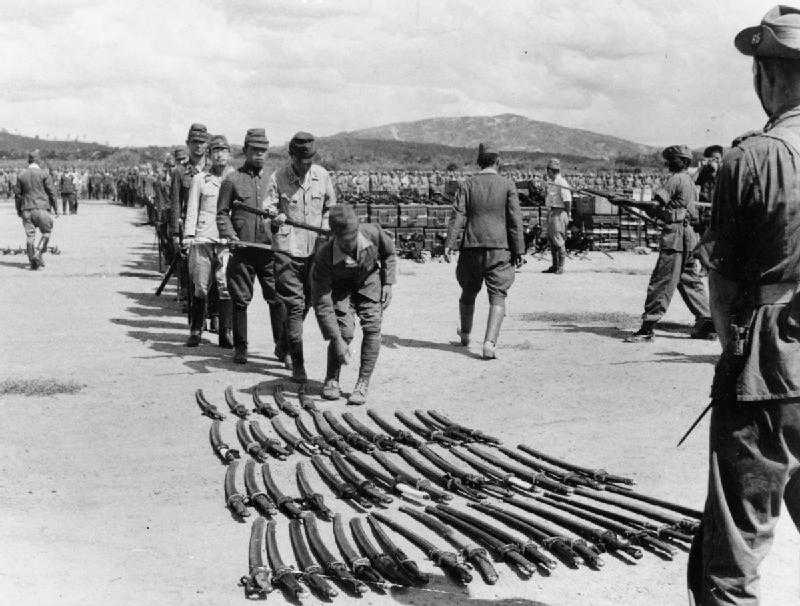
Gradually, the British lost their control over the whole country, and Malaysia was now open to newer experiences. So the country waged for their rights and independence in 1957, the British agreed and left the country.
In 1963, Kuala Lumpur became the capital of the independent Federation of Malaya; and in 1963, it became the capital of Malaysia. Interestingly, though Kuala Lumpur was the capital all this while, it did not have its own administration for a really long time. It was only in 1972, for the first time in the history of Kuala Lumpur, that the city indeed became independent and got a government for itself.
The Making of an Independent City
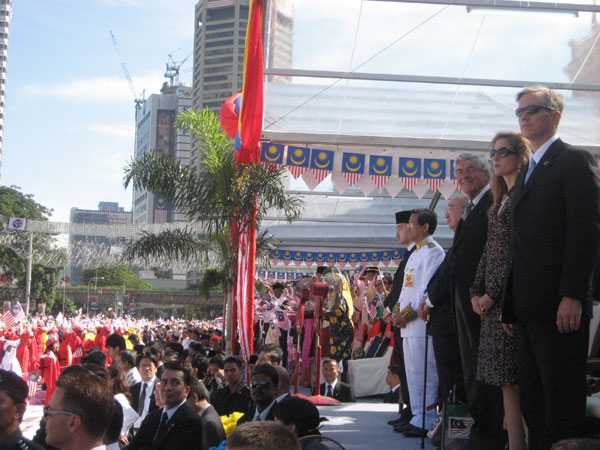
During the same decade, the city witnessed some of its darkest days. Due to the feud between the Malays and the Chinese, a full-fledged civil war broke out in 1969. During the 13 May incident, 200 people lost their lives, and nationwide reforms took place to reduce the Chinese monopoly over the city. This eventually led to a stage of emergency that lasted for two years, but thankfully, tensions were reduced in want of a better economy and a peaceful life.
Finally, in 1974 the city was given the status of a Federal Territory.
The Contemporary Kuala Lumpur
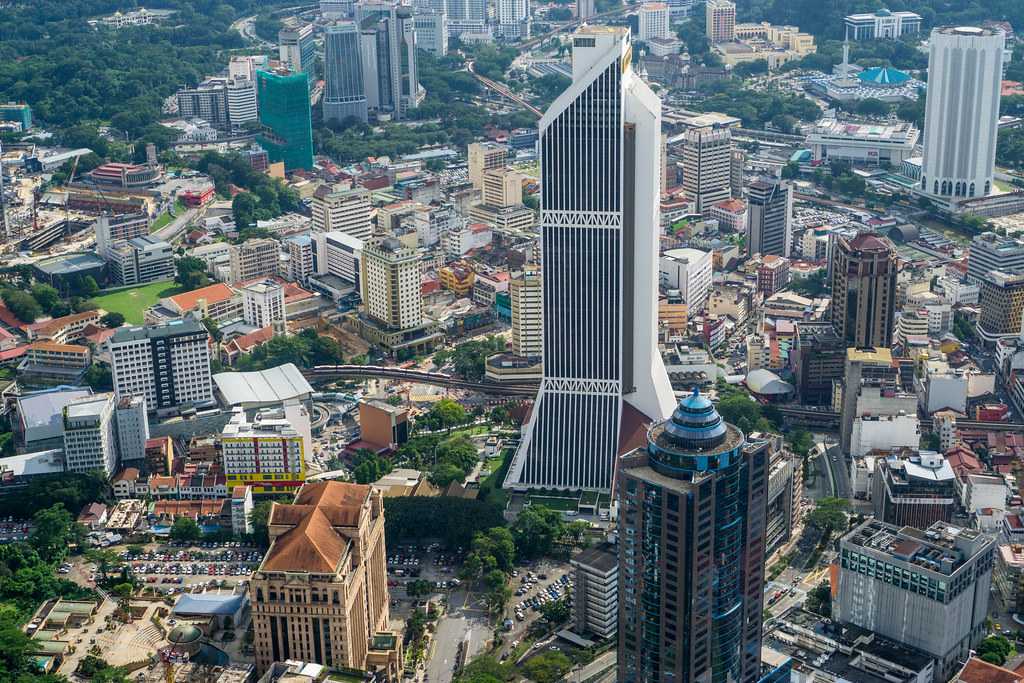
Thanks to the 87 miners who gathered the courage to venture into an area totally unknown, the world has now been gifted with one of its most beautiful cities today: a city that epitomises phenomenal growth and monumental development. It offers humanity with lessons not just in history, but also for the individual self. Over time, the city has earned for itself the reputation of being one of the most modern and sophisticated cities in Malaysia. It attracts tourists to it in large numbers all year round for its grandeur and charm.
